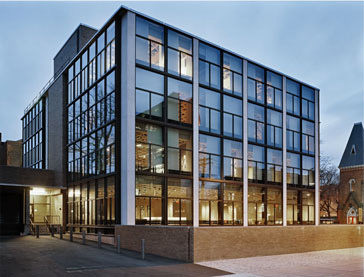Feb 23 2018 - May 21 2018
New Haven, CT
This focused exhibition of 22 objects explores the influence of global trade on the development of a new visual aesthetic in Japan that featured bold patterns and bright colors, and which paralleled the emergence of the Baroque style in Europe.
While politically tumultuous, the 16th and 17th centuries in Japan were also marked by vibrancy and innovation in the visual and literary arts. A chance landing by a few Portuguese sailors on the southern coast of Japan in 1543 fostered the nation’s participation in the burgeoning global trade of textiles, porcelains, lacquers, and other luxuries. Drawn from the Gallery’s collection and supplemented by important loans from both public and private collections, the exhibition explores the critical role that imported goods played in Japanese culture during this momentous period.
In addition to spectacular screens showing the arrival of foreign ships and their crews, the exhibition also features Japanese lacquers produced for domestic use and export, Chinese ceramics made for the Japanese market, and Persian and Indian trade textiles, some of which were refashioned into Japanese clothing.
Credit: Exhibition overview from museum website.
Image: School of Giovanni Niccolò (Italian, 1560–1626), Portable Shrine with Madonna and Child, Japan, Momoyama period (1573–1615), ca. 1597. Black lacquer with sprinkled gold lacquer and inlaid mother-of-pearl. Peabody Essex Museum, Salem, Mass., Museum purchase with funds donated anonymously, 2000, ae85152. © 2014 Peabody Essex Museum, Salem, Mass. Photo: Walter Silver
Exhibition Venues & Dates
Feb 23 2018 - May 21 2018
New Haven, CT

